What is chaos gardening? Say hello to the RHS Chelsea trend you need in your life
Chaos gardening is the oh-so-pretty (and oh-so-lazy) trend that works in every outdoor space

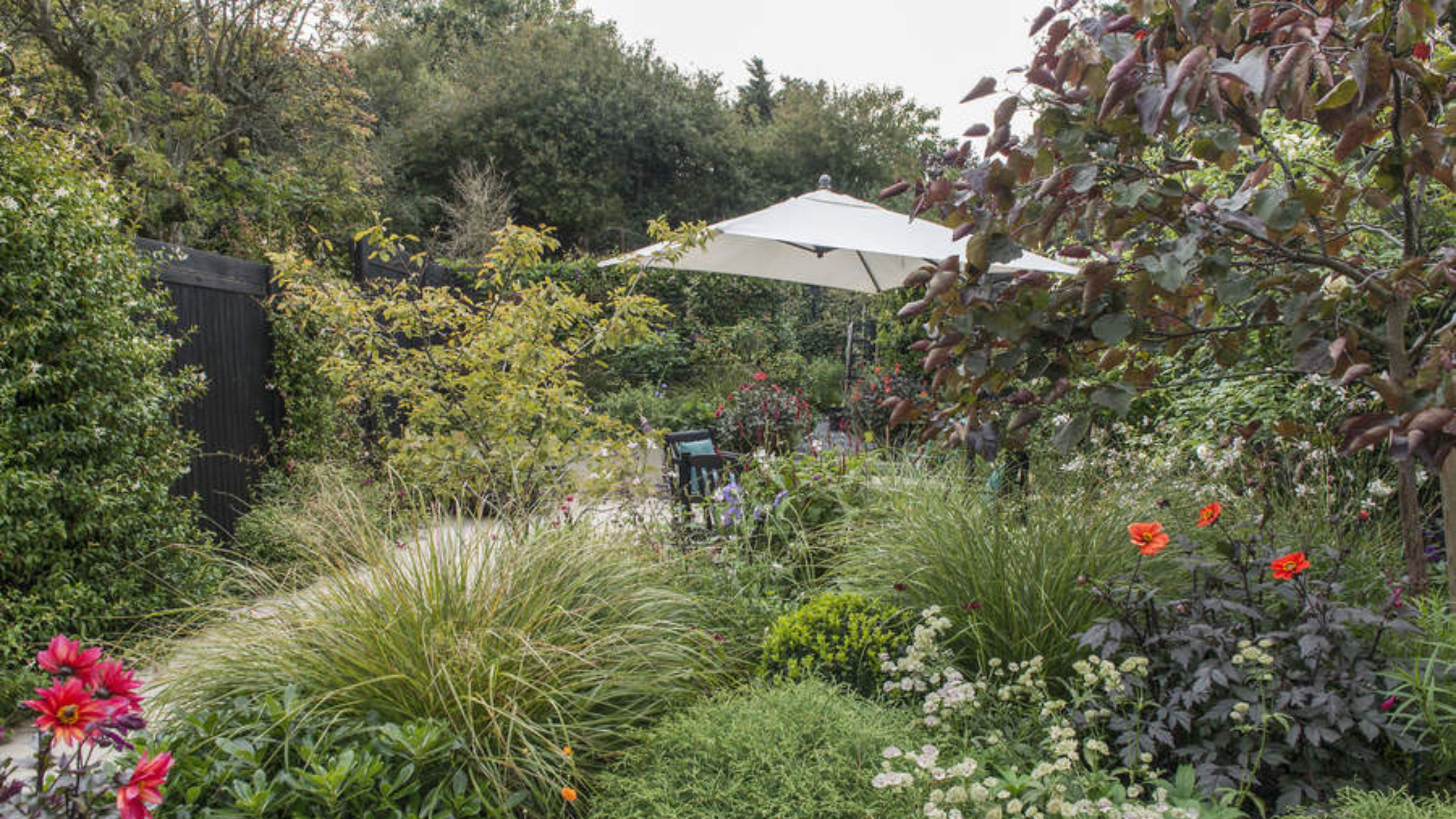
Chaos gardening was one of the biggest garden trends to come out of last year's RHS Chelsea Flower Show, and experts predict it's going to be an even bigger deal throughout 2024 and beyond.
Much like No Mow May and rewilding, this is one of those garden ideas, that requires minimal effort from green-fingered types... albeit with maximum effect.
'The move away from classical, formal layouts towards naturalistic landscapes will continue to grow [in 2024], with gardens making people feel that they are in a wild place, as well as providing benefits to wellbeing, wildlife and increasing the ease of maintenance,' says RHS Chief Horticulturalist Guy Barter.
What is chaos gardening?
One of those easy garden ideas that is every bit as achievable as it is sustainable, the concept of chaos gardening is outrageously simple: all you have to do is gather up any old seeds you have lying around – flowers, grasses, shrubs, bee-friendly herbs, or even fruit and vegetables – and scatter them throughout your garden to create that beautiful and oh-so-natural effect.
'Leftover seeds are of no use left in their packets as they will just deteriorate,' explains Colin Bailey of Rewild Garden Design.

Colin, who often uses this same approach using seed mixes from Pictorial Meadows, adds: 'Old seeds have a lower germination percentage, so scattering them is a good way to use them up. The end result, if vegetable seeds are mixed in, is something like a chaotic traditional potager.'
Honestly, this writer can attest to that fact after her toddler scattered carrot seeds throughout her garden; the result has proven surprisingly beautiful, with carrot tops peeping out between all of the blooms in the flower beds.
Sign up to our newsletter for style inspiration, real homes, project and garden advice and shopping know-how
What are the pros and cons of chaos gardening?
It doesn't matter if your chaos gardening efforts are due to a purposeful plan or a child running loose with a packet of seeds; the result is usually something beautiful, relaxed, and incredibly covetable.
'The use of wildflower seeds is moving away from a designated wildflower patch/meadowscaping and into the garden borders – examples include alexanders, meadowsweet and Welsh poppies,' says Guy.
'Even plants traditionally seen as "unwanted weeds" such as Herb Robert and plantain are becoming popular. Cow parsley is now a desirable border plant, and dandelions are recognised as being key to providing food for bees early in springtime,' he adds.
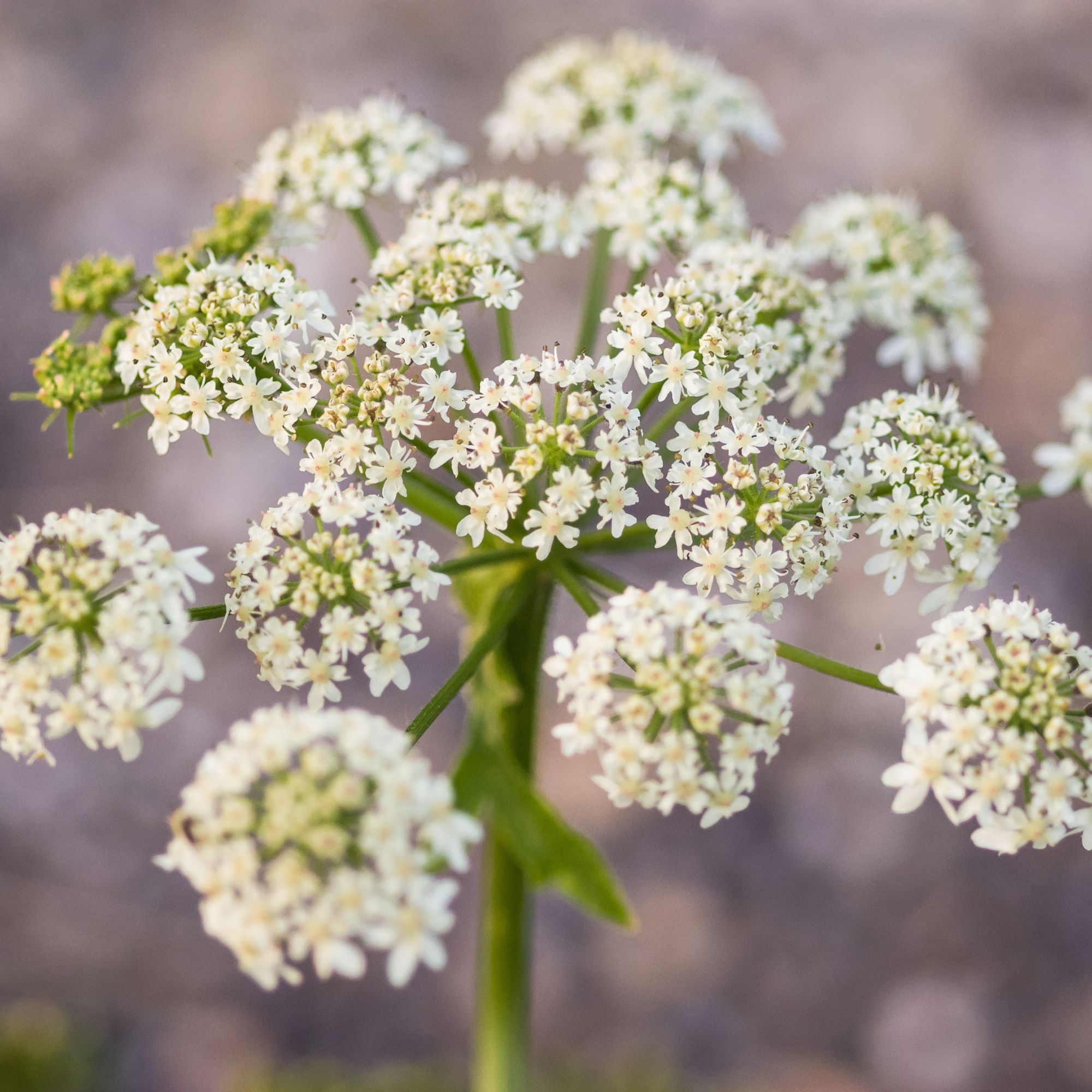
Last year, TIkTok lost its collective mind over one woman's viral video, in which she explained that she had used the chaotic gardening approach with her carrot seeds resulting in some truly impressive vegetables.
'This works because carrots are great companion plants for pretty much everything,' she says.
'[So] they start popping up in random spots.'

Intrigued? Us too.
However, chaos gardening – much like any of this year's gardening trends – has its advantages and disadvantages...
The pros of chaos gardening
Chaos gardening creates a natural and wild look – one which, much like the rewilding techniques and low maintenance lawn alternatives so many have been championing this year, helps your plot stand out from the usual modern garden ideas.
'It's a very exciting idea for a garden,' says Andrew O'Donoghue, one of the directors of Gardens Revived, 'because it means your outdoor space will grow and transform throughout the months.'

RHS-trained gardener Andrew O'Donoghue set up Gardens Revived with his brother, Christopher, in 2018 to create a thriving family business. Together, they have worked on residential gardens, listed buildings and gardens, flower shows and large estates with some exceeding 70 acres – many with historical significance.
Here are the benefits of the new gardening trend, according to Andrew.
- Environmental credentials: The chaos gardening trend promotes biodiversity. providing an excellent source of food (as well as a habitat) for local wildlife
- Budget-friendly: Letting go of control and allowing nature to take its course is generally a cheaper option, as it requires less plant food and other products
- Time-freeing: As there is a huge focus on letting plants 'do their thing', there is less need for pruning, staking, and other time-consuming tasks (and who doesn't love a low-maintenance option?)
- More focused than rewilding: The rewilding trend has proven controversial, with many suggesting it doesn't work for their gardens (or, if you're Alan Titchmarsh, that it's not gardening at all). Chaos gardening, though, can be much more focused – try filling your garden beds rather than letting your entire outdoor space go wild
- Calming: Sometimes, we suffer from choice paralysis when sifting through the easy garden ideas on offer. There is a certain joy from leaving everything up to the gods of fate – and from remembering that we are not out to achieve perfection!
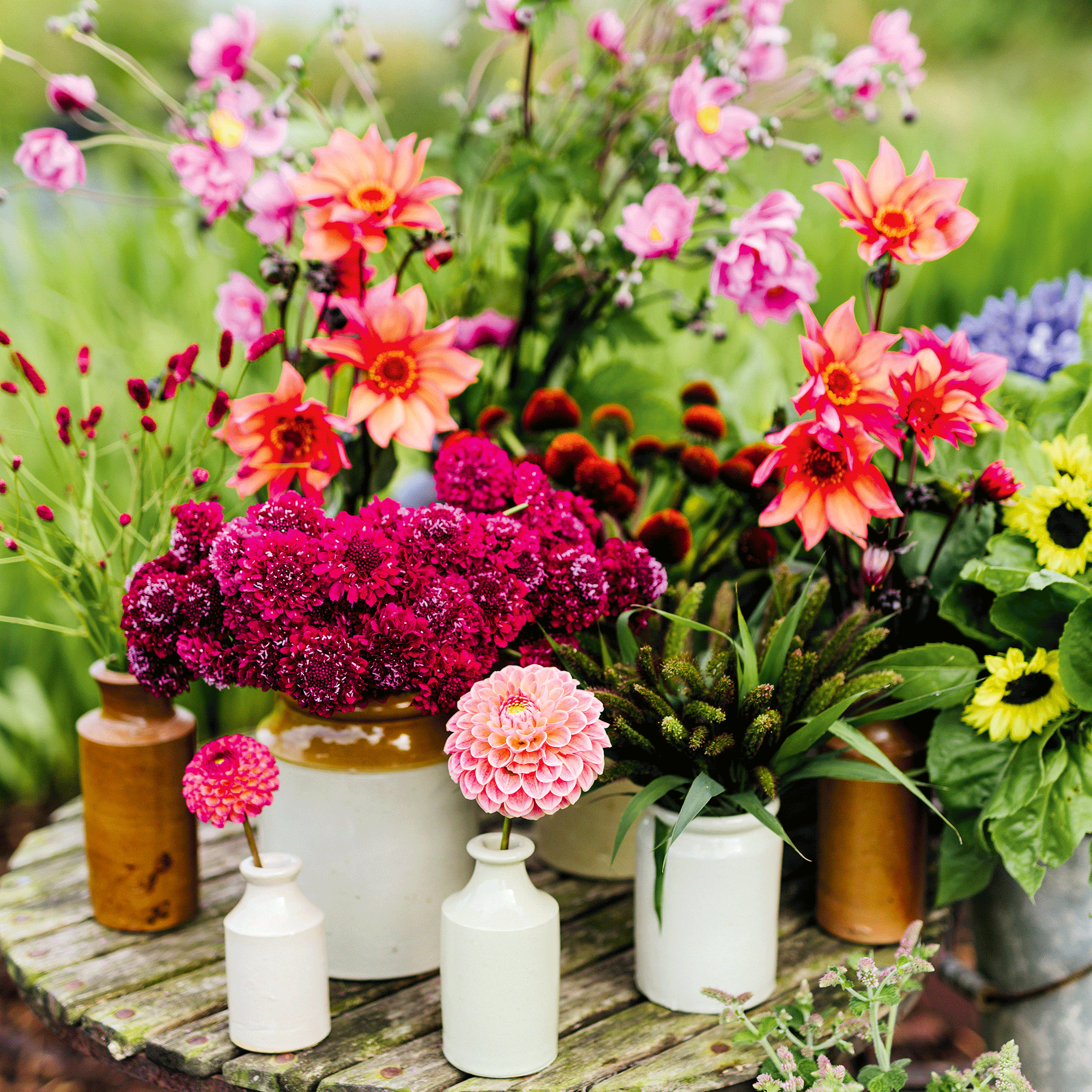
The cons of chaos gardening
The benefits to the chaos gardening trend all sound incredible, right? Time to review the negatives, according to Andrew...
- A less polished look: This will come down to the individual gardener (and visitors), but some may find the chaotic nature of this trend less visually appealing than a more manicured garden
- It's not a quick fix: It will take time for your plants to not just root and sprout, but establish themselves, too... and you will have no control over the final result, either
- There is some work involved: This is undoubtedly a low-maintenance option, but don't think because you're embracing weeds and chaos that there won't be work to do, as you may need to control the spread of some plants. Otherwise, one variety may end up taking over your entire garden
- You may have to play plant doctor: Plants that are growing on top of one another will compete for resources such as water and light – and hotter, humid conditions can, in close planting environments, cause disease such as Botrytis or Black Spot. Make sure you keep checking on your plants, and remove any infected material to prevent the spread
How do dandelions play into the chaos gardening trend?
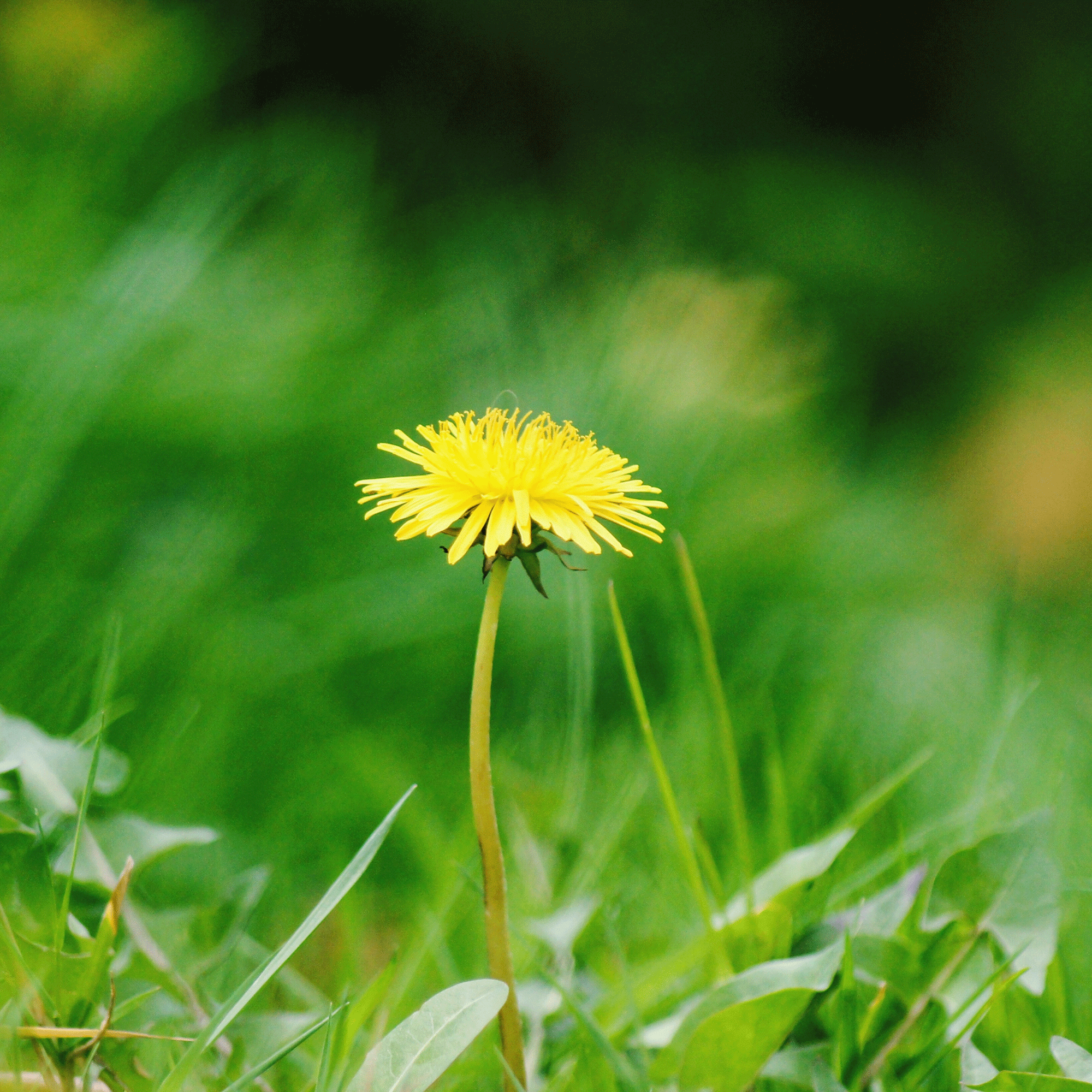
Dandelions were a major feature in some of the gardens at the RHS Chelsea Flower Show in 2023, so it makes sense that the (admittedly pretty) weeds are embraced as ornamental flowers in the chaos gardening trend.
'Dandelions are highly resilient and adaptable to various surroundings,' says Andrew, 'and their bright yellow flowers provide plenty of nectar for pollinators like bees and butterflies.'
He adds: 'Their white spherical seed heads were everywhere at RHS Chelsea, and it's not surprising. They're pretty and bring much joy to children (and children at heart), and they're a cost-effective ornamental, too.'

Noting that dandelion leaves are edible and rich in nutrients, Andrew adds that gardeners can use them in teas, tisanes and salads, while local wildlife can get their chomp on, too.
However, he urges that you make sure you keep your dandelions in check, even when chaos gardening, as they are an invasive species.
'Their seed heads may look pretty blowing in the wind, but they end up everywhere,' he says, 'and they can wind up competing with other garden plants for water, nutrients, and light.'
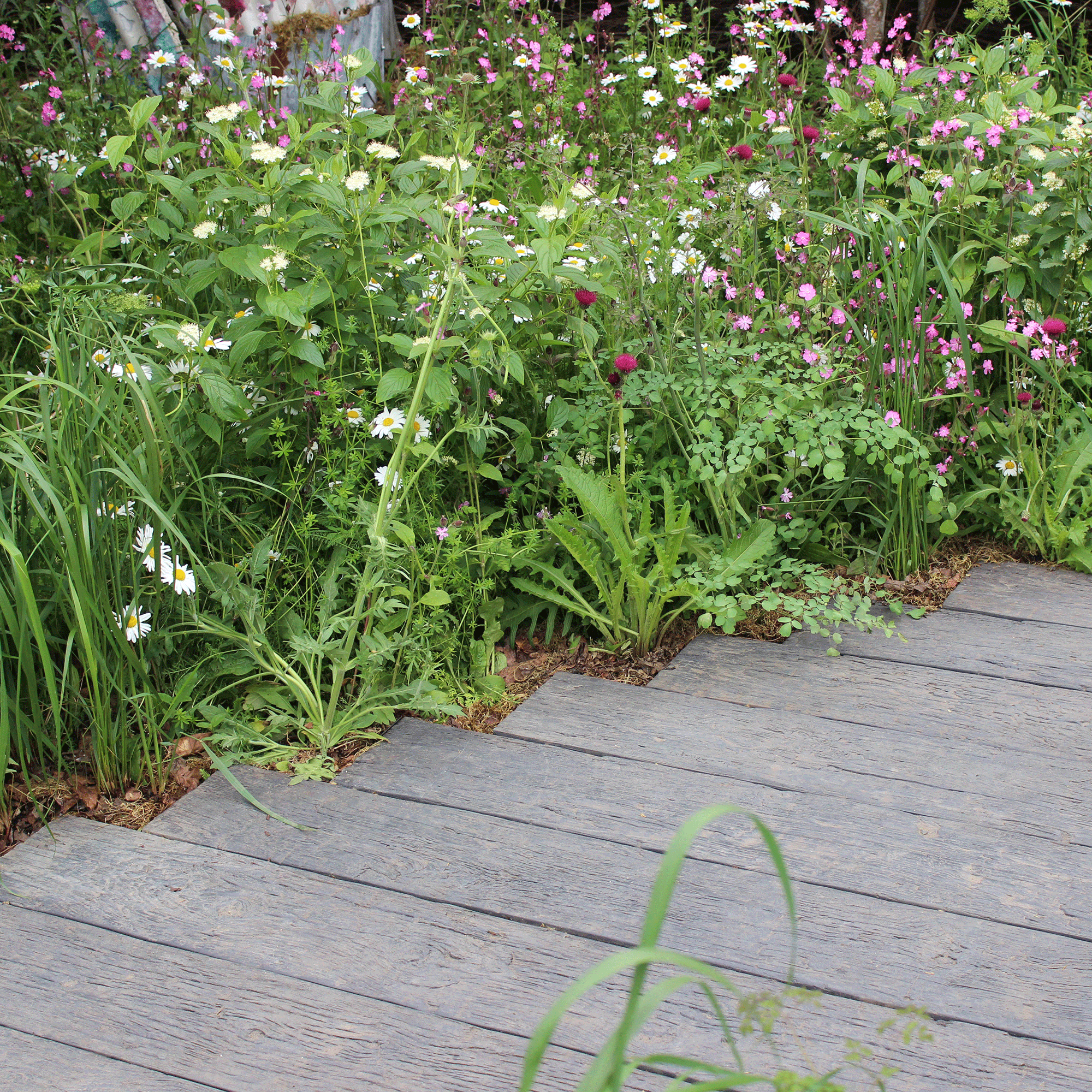
Andrew adds: 'The deep taproot makes them hard to remove once they have established themselves, so they might make a lot of work for you, depending on how relaxed you are about them!'
FAQs
What is chaotic gardening?
Chaos gardening is all about ignoring the rules of gardening and taking a far more laidback approach to sowing your seeds; all you have to do is scatter them in handfuls throughout your garden, and wait and see what happens.
Just be sure to use seeds that don't have to be planted deeply to work, such as carrots, poppies, lettuce, and the like.
What are chaos carrots?
Carrots are excellent for companion planting, especially when planted alongside marigolds or strong-smelling alliums, so scattering their seeds throughout your garden borders is a brilliant (and effortless) way to get your root crop on the go.
Essentially, then, it seems the RHS Chelsea-approved chaos gardening trend really is best suited to those among us who already embrace chaos in all its forms.
Then again, maybe it's a good way for all of us to learn to relax and go with the flow, too...

Kayleigh Dray became Ideal Home’s Acting Content Editor in the spring of 2023, and is very excited to get to work. She joins the team after a decade-long career working as a journalist and editor across a number of leading lifestyle brands, both in-house and as a freelancer.